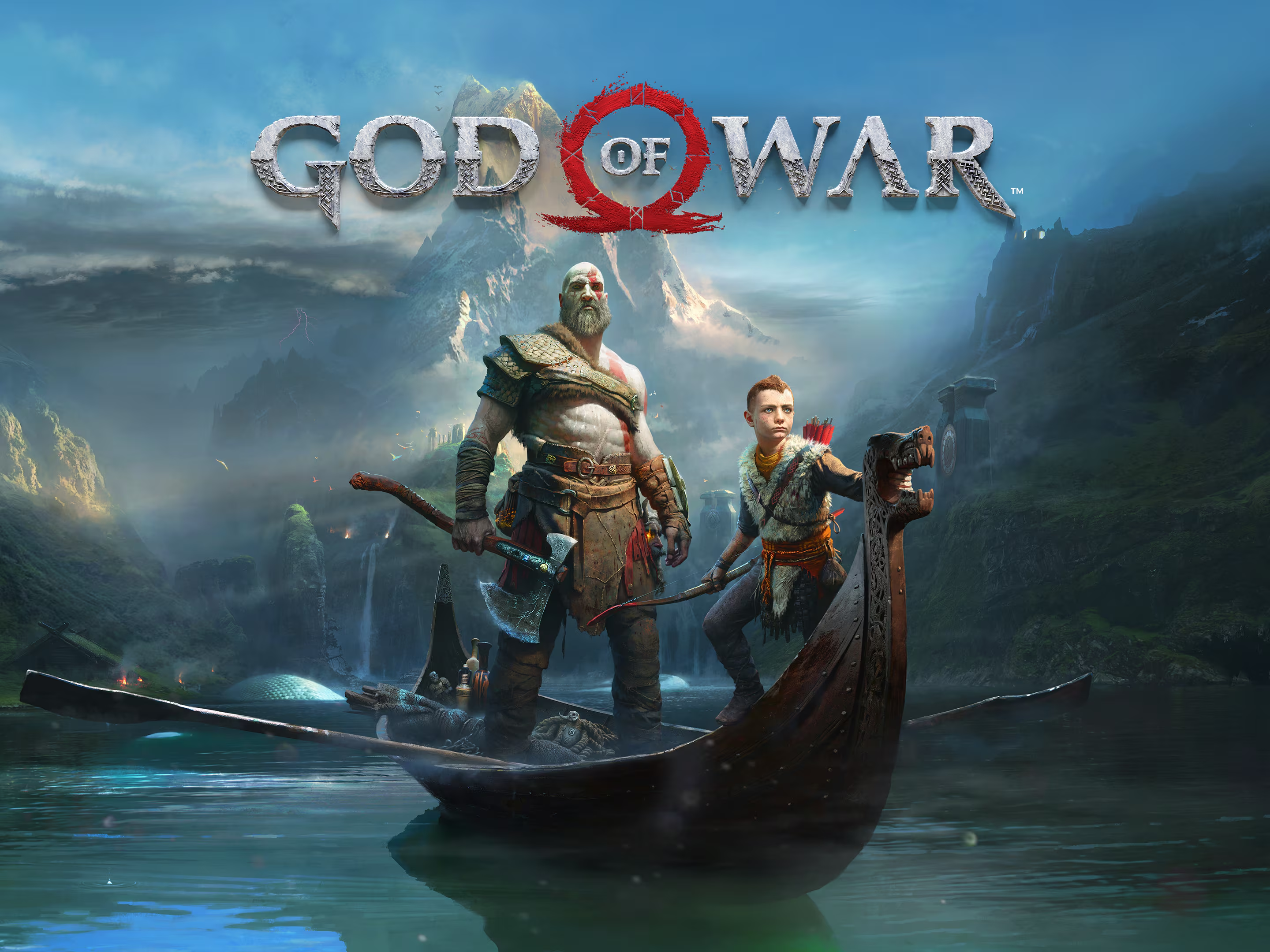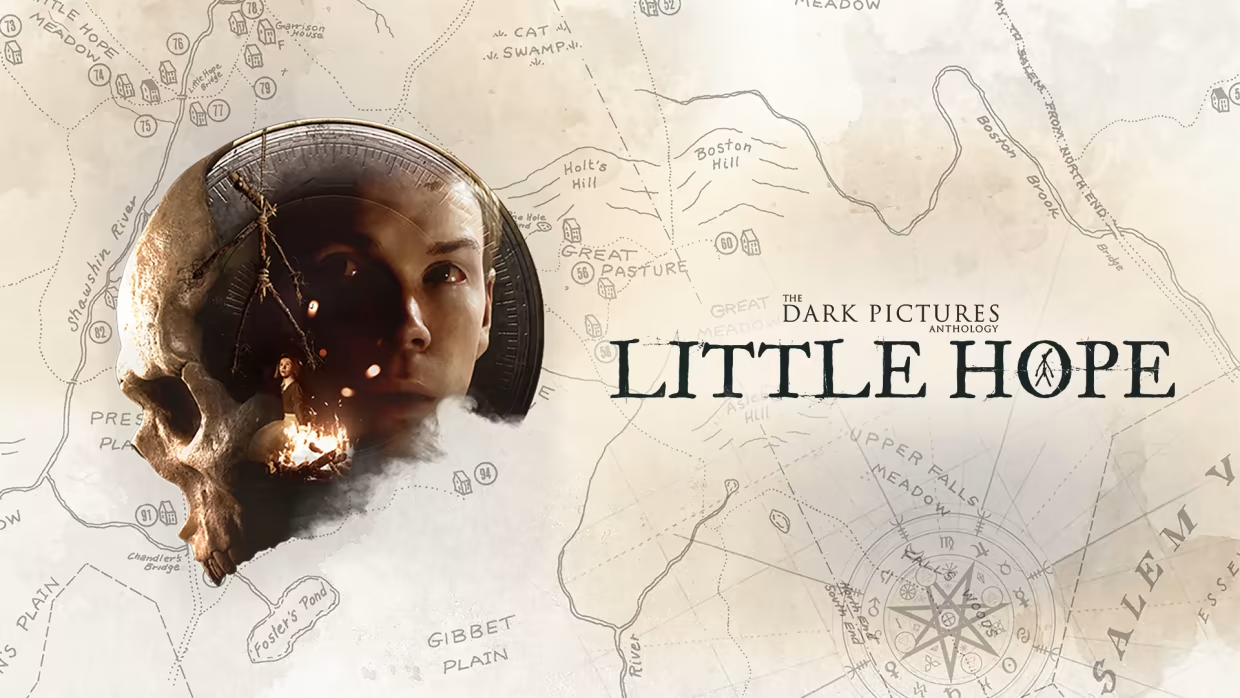Shadowrun Returns
Shadowrun Returns is a Tactical RPG set in a cyberpunk world populated by fantastical creatures having to deal with corrupt corporations and shady religious cults. The game, however, fails to capitalize on all these elements, telling a barebones story plagued by underdeveloped characters and themes.
“Your apartment, three o’clock in the morning. It’s got four walls, a roof, and isn’t on fire. Even the cockroaches have fled in search of better accommodations,” the story starts. The narration is aptly trying to evoke Noir, painting a dangerous, littered world ruled by cynicism, where anyone can be bought for the right price – even the main character, if that’s how the player chooses to handle an offer the protagonist receives from a friend in the first scene.
This friend is Sam Watts, who calls to announce that he has just died: it’s a pre-recorded message urging the protagonist to investigate his murder for a considerable sum of money. “Who would care if I die? Who would give a rat’s ass? Better or worse, your name is at the top of the list. Maybe it’s the only name ‘on’ the list…” Sam explains.
The focus of the narration never leaves the hostility of the setting and its people: “It doesn’t matter your business, the Barrens doesn’t like you. Take one part radioactive wasteland, three parts dog-eat-dog slum, and a dash of tourist trap, and you’ve got a recipe for Mean-as-Hell,” the narrator says. It’s that type of city where the rain is a constant force, prostitutes and thugs fill the littered streets, people sell “refurbished flowers” and “dogs on a stick”: it’s a place where broken characters feel at home.

At the morgue, we receive the news: Sam Watts is the latest victim of a serial killer called the Ripper, who removes an organ from each of its victims. The investigation, of course, leads the protagonist – we can choose their name and appearance – to the city’s underbelly, to places like strip clubs, cemeteries, clandestine clinics, and shady churches.
These churches belong to the Universal Brotherhood. We first get introduced to it via Shane, a man trying to convert a female bartender. He explains that the Universal Brotherhood preaches inclusion, welcoming people from all sexes and races, but the bartender knows better: “The Universal Brotherhood is for other people, Shane. Rich Bellevue types, who can afford their membership fees and ‘voluntary donations,” she says.
As the narrative unfolds, the role of the Universal Brotherhood grows, gaining prominence. It’s a church that disguises its demand for obedience as an offer of belonging: “It starts with the idea that meta-humanity is good at its core and that we are all one family. But more than that, it’s that we are linked to something greater than ourselves,” one of its acolytes preaches. Eventually, when the events become more fantastical in nature – “more” because this is a cyberpunk world populated by orcs and elves – the narrative uses the unexpected figure of the ant as a symbol of the unwavering obedience the Universal Brotherhood demands of its lesser members.
The main problem of Shadowrun Returns’ narrative is that, even though it is a brief experience, clocking in about ten hours, it still wastes valuable opportunities to develop its world and characters. Take the protagonist’s party, for example, which is comprised of mostly random thugs that we can hire at the main hub: instead of taking advantage of the quirky side characters it introduces at the beginning – such as a friend of Sam that likes to sleep in morgues – to further flesh out the story, the game mostly sidelines them in favor of random grunts with no personality. If they had been present during all the main events, these side characters would have had a reason to talk about them, enriching the narrative with their unique – and possibly conflicting – takes.
The most memorable moments of Shadowrun Returns come precisely when these side characters are given a small chance to shine, such as the brief sequence where the protagonist goes with Coyote, a fierce female bartender, to bust a place where people get hooked to BTLs – implants that make a person experience their wildest dreams… and nightmares: it can range from VR simulations of sexual encounters to recorded videos of murder. In this sequence, the antagonist makes a display of how his clients are not just drug addicts but possible weapons themselves: he can manipulate their BTLs to turn them aggressive. The game, then, would have greatly benefited from fully incorporating characters like Coyote in the main gameplay and presenting more sidequests like this one to further flesh them out.
The game’s last act suffers a lot because of this. One of the characters that accompany the protagonist in the final mission, for instance, is a weird man that was introduced just a few scenes back. The focus on him, consequently, feels unwarranted: instead of the ending being a climactic battle for everyone involved, it is just a job for a couple of nameless grunts and for this strange figure that appeared out of nowhere.
The most interesting character in the story is Sam’s sister, Jessica Wats. She’s first introduced at the bar, dressed in red, standing out in the crowd like a femme fatale. She’s a common trope, but done well, built by ambiguity: when you tell her some shocking news to see how she would react (if she would be genuinely surprised or run away) the narrator remarks that “Jessica is taken aback, or she’s poising herself to bolt.” Jessica’s narrative function is to be an enigma, someone we are supposed to suspect: she proclaims to be deeply hurt by the passing of her brother… but urges the protagonist to stop the investigation.
Shadowrun Returns is a simple Tactical RPG, offering just a few jobs and attack options. We move our party of usually five characters, who are primarily grunts, in a top-down map and choose an action (close or ranged attack or the class actions) to defeat the enemy soldiers. One of the jobs gives the character a Battle Drone that follows them around, attacking when commanded, while another one – the Decker – can hack computers and terminals.
This is where Shadowrun Returns becomes a bit different, as hacking puts the decker inside a digital plane, where they must fight the computer’s defense mechanisms while the rest of the party protects their earthly body. This means that, sometimes, there are two battles going on at once: one in the matrix with the deckers and the other in the real world with the rest of the party. Combat, however, is not the focus of the game, and serves just to bring some action to the proceedings.

Outside battles, Shadowrun Returns offers a couple of ways to tackle a problem, but one usually being able to just pass a skill check based on the protagonist’s attributes or background. One area has a guard that doesn’t let us pass, for example. We may, then, use security knowledge to trick him into letting us in or pay a prostitute to distract him for five minutes and borrow the ladder of a homeless man to jump over the gate – these are the only other two NPCs in the area, so the “normal” solution is also simple. Skill checks, therefore, are there to save time and offer some very brief role-playing moments.
Sometimes, however, the dissonance between gameplay and story can get very silly: there’s one time when we must dress up the protagonist as a janitor to infiltrate a building unnoticed, but depending on their class and equipment they may very well be a janitor with a Class S Battle Drone following them around… and no one notices the incongruity.
Finally, the Switch version is plagued by bugs that often lock the player out of progress, freezing during fights, freezing when saving, freezing when opening up the menu, and often failing to acknowledge a battle has ended, so characters can’t return to move freely, and so forth. And part of the text – especially the one that appears at the bottom-center part of the screen is ridiculously small and very difficult to read when playing handheld.
In the end, even though Shadowrun Returns nails its setting and atmosphere, it lacks a complex story to make good use of them. It gives a couple of steps in the right direction, but it is not given enough time to reach its destination.
July 27, 2023.
Harebrained Schemes.
Jordan Weisman.
Gavin Parker, Jim Soldi, Marshall Parker, Sam Powell.
10 hours.
Nintendo Switch.

























